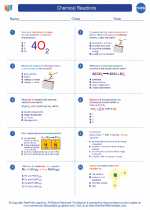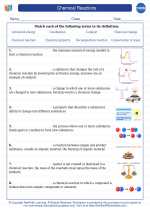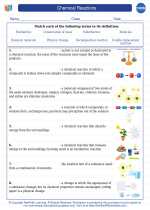Environmental Impact of Deforestation:
1. Loss of Biodiversity: Deforestation destroys the habitats of many plant and animal species, leading to a loss of biodiversity.
2. Climate Change: Trees play a vital role in absorbing carbon dioxide from the atmosphere. Deforestation contributes to the increase of greenhouse gases, leading to climate change.
3. Soil Erosion: The removal of trees exposes the soil to erosion, which can lead to the degradation of land and loss of fertility.
4. Disruption of Water Cycle: Trees play a crucial role in regulating the water cycle. Deforestation can lead to disruptions in local and regional water cycles.
5. Impact on Indigenous Communities: Deforestation often affects indigenous communities that rely on forests for their livelihood and cultural practices.
Economic and Social Impact of Deforestation:
1. Loss of Livelihoods: Many people rely on forests for their livelihoods, including through activities such as logging, hunting, and gathering of forest products.
2. Impact on Agriculture: Deforested land is often converted for agricultural use. While this can increase food production, it can also lead to soil degradation and loss of ecosystem services provided by forests.
3. Health Impacts: Deforestation can lead to negative health impacts, including increased air pollution and the spread of vector-borne diseases.
4. Global Impact: Deforestation has global repercussions, affecting climate patterns and contributing to the loss of biodiversity on a worldwide scale.
Study Guide for Deforestation:
When studying deforestation, it's important to understand the causes, consequences, and potential solutions to this pressing environmental issue.
Key Topics to Cover:
1. Causes of Deforestation: Explore the various reasons why deforestation occurs, such as agriculture, logging, urbanization, and infrastructure development.
2. Environmental Consequences: Understand the environmental impacts of deforestation, including biodiversity loss, climate change, soil erosion, and disruption of the water cycle.
3. Social and Economic Impacts: Examine the social and economic ramifications of deforestation on local communities, livelihoods, and global systems.
4. Solutions and Conservation Efforts: Investigate potential solutions to mitigate deforestation, such as reforestation, sustainable land management practices, and policy interventions.
By understanding these key components, students can gain a comprehensive understanding of deforestation and its multifaceted impacts on our planet.
[Deforestation] Related Worksheets and Study Guides:
.◂Chemistry Worksheets and Study Guides High School. Chemical Reactions

 Worksheet/Answer key
Worksheet/Answer key
 Worksheet/Answer key
Worksheet/Answer key
 Worksheet/Answer key
Worksheet/Answer key
 Worksheet/Answer key
Worksheet/Answer key
 Worksheet/Answer key
Worksheet/Answer key
 Vocabulary/Answer key
Vocabulary/Answer key
 Vocabulary/Answer key
Vocabulary/Answer key
 Vocabulary/Answer key
Vocabulary/Answer key
